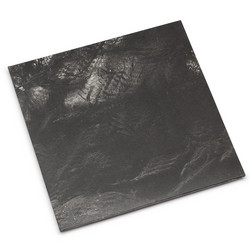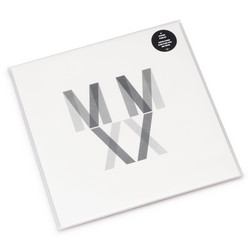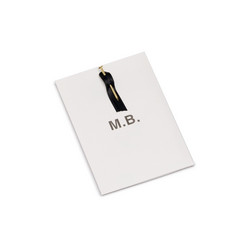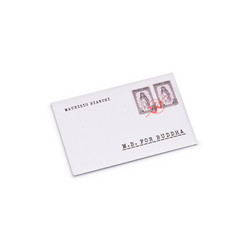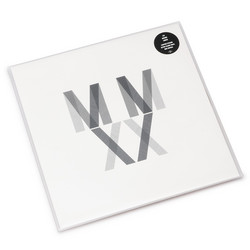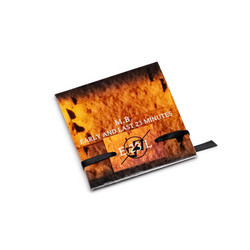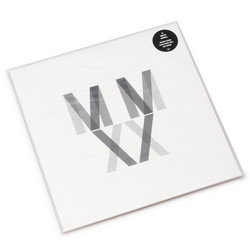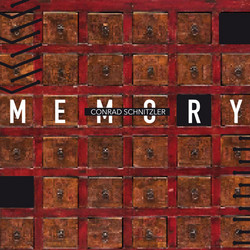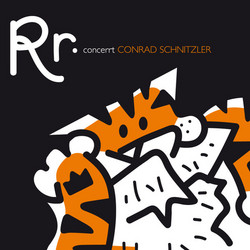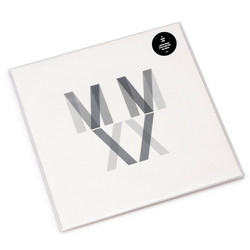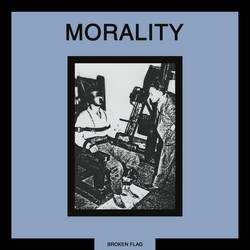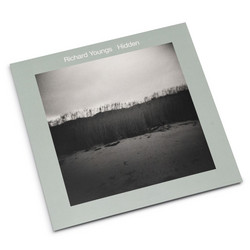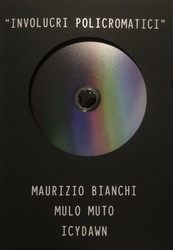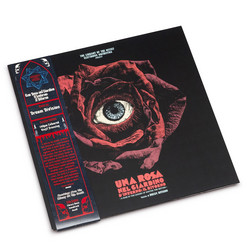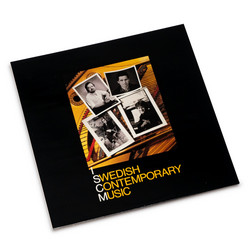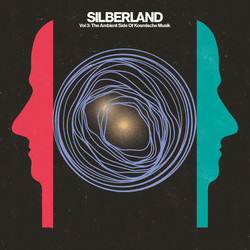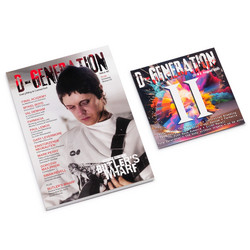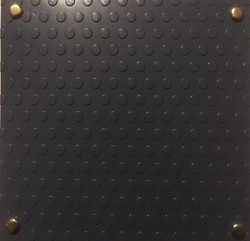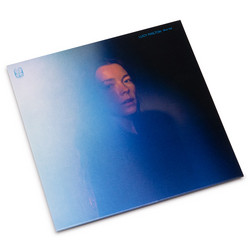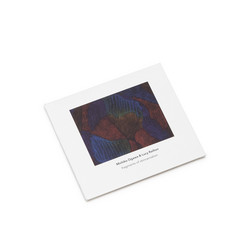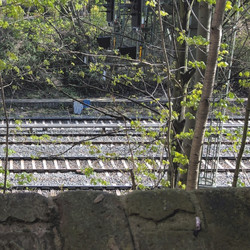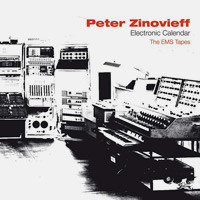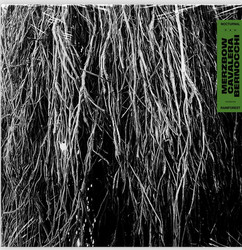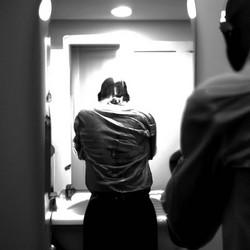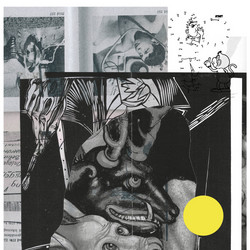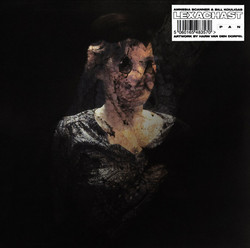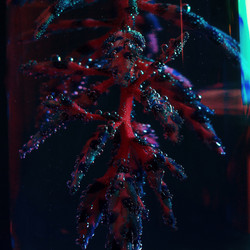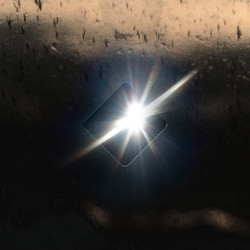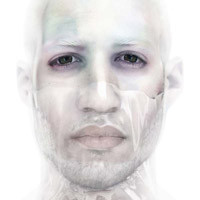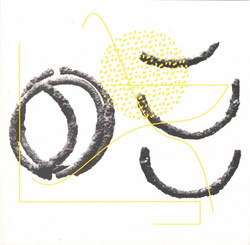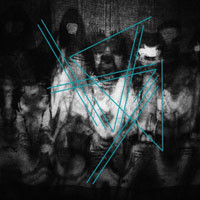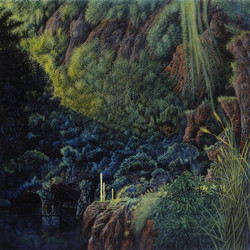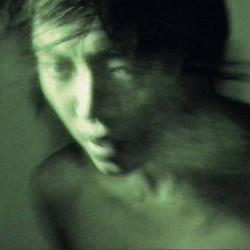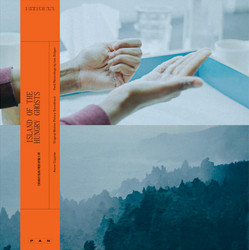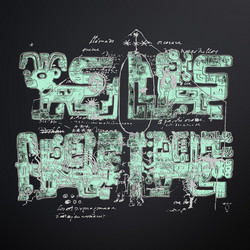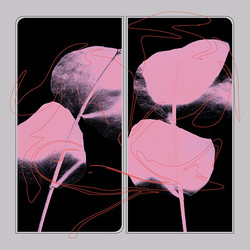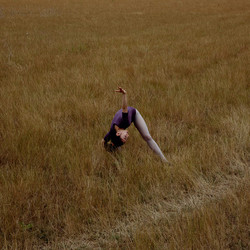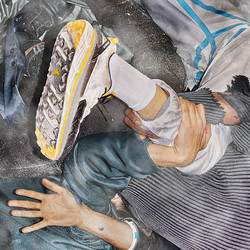Peter Zinovieff, Lucy Railton
RFG Inventions for Cello and Computer (LP)
Initially conceived as a live project between the pair and performed at various festivals internationally between 2016-2017, this 35 minute recording feels like just one possible manifestation of an ever-evolving process, a one-off reproduction of an impossible image. The pair started working instinctively, playing to each of their strengths - Railton’s radical ideas, energy and technique, and Peter's inventive, impulsive thinking. Fuelled by their surroundings and through an exchange of ideas, the process they eventually embarked on saw Zinovieff model a computer-synthesised composition made from a series of Railton’s cello improvisations, creating a complex cluster of intricate parts that couldn’t ever be performed by human hands. Over the resulting web, Railton added solo cello to create a kind of double-helix where you’re never quite sure where one sound begins, or ends.
In essence, Railton’s cello provides a radical variable - a sort of spirit in the machine - which is diffused, inverted and scattered by Zinovieff. At the atomic level: chaos reigns. Zoom out a bit, though, and you start to see filigree detail and shapes emerge. It’s this intangible aspect that makes the piece so much more than just a document of process, or experimentation.
It’s worth noting that Railton is here the catalyst for what can be considered Zinovieff’s definitive work in an illustrious career spanning 60 years; RFG Inventions for Cello and Computer is, remarkably, his first ever album. And despite its unwavering, un-sentimental spirit - it’s an album that ultimately speaks to a very modern human condition; the search for common understanding when there is so much that separates us. Inter-generational differences. Our interaction with, and perception of, the world around us. Our relationship with technology. And despite that very academic-sounding title; our individual need to find and nurture the things and ideas that bind.
